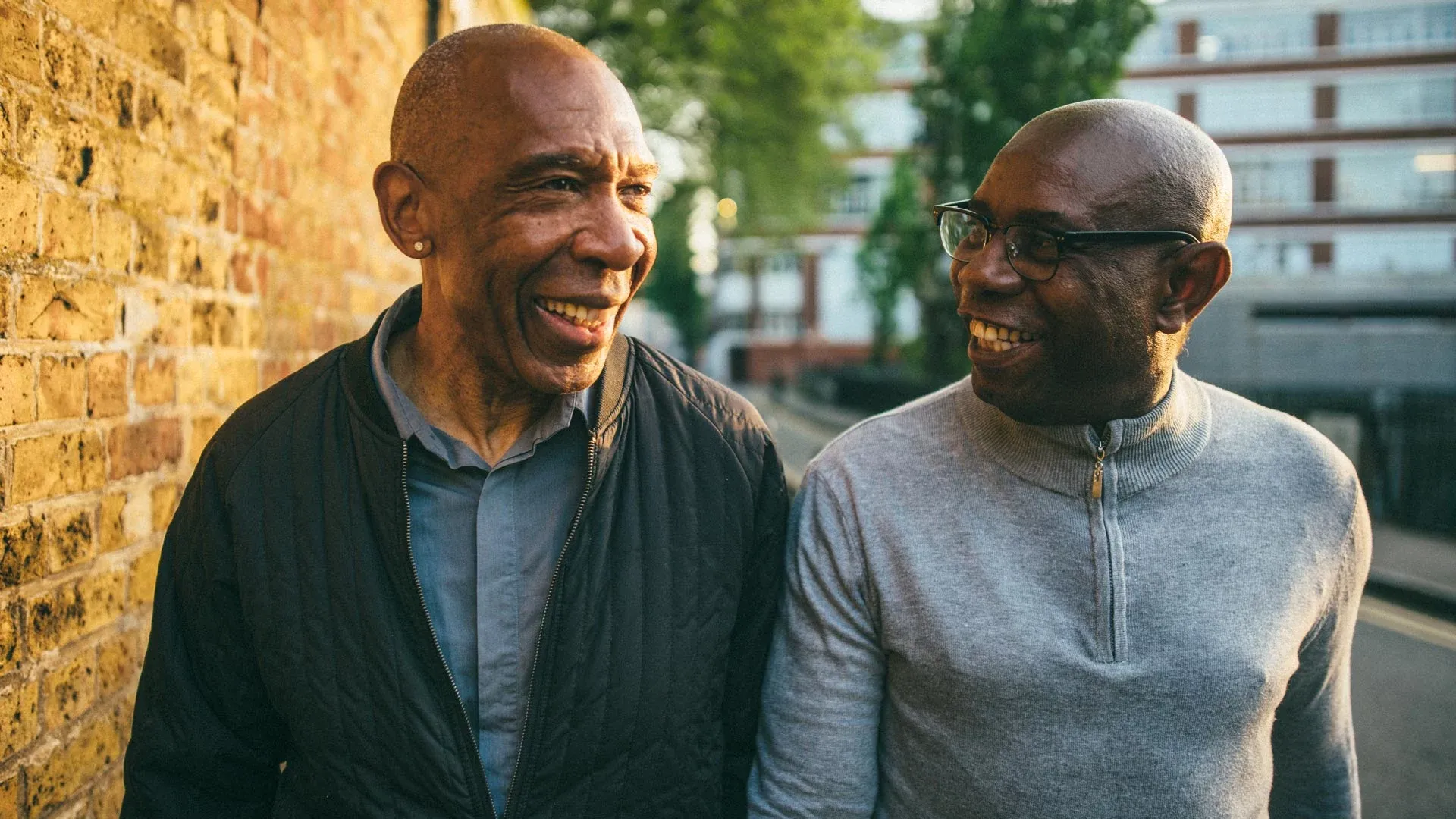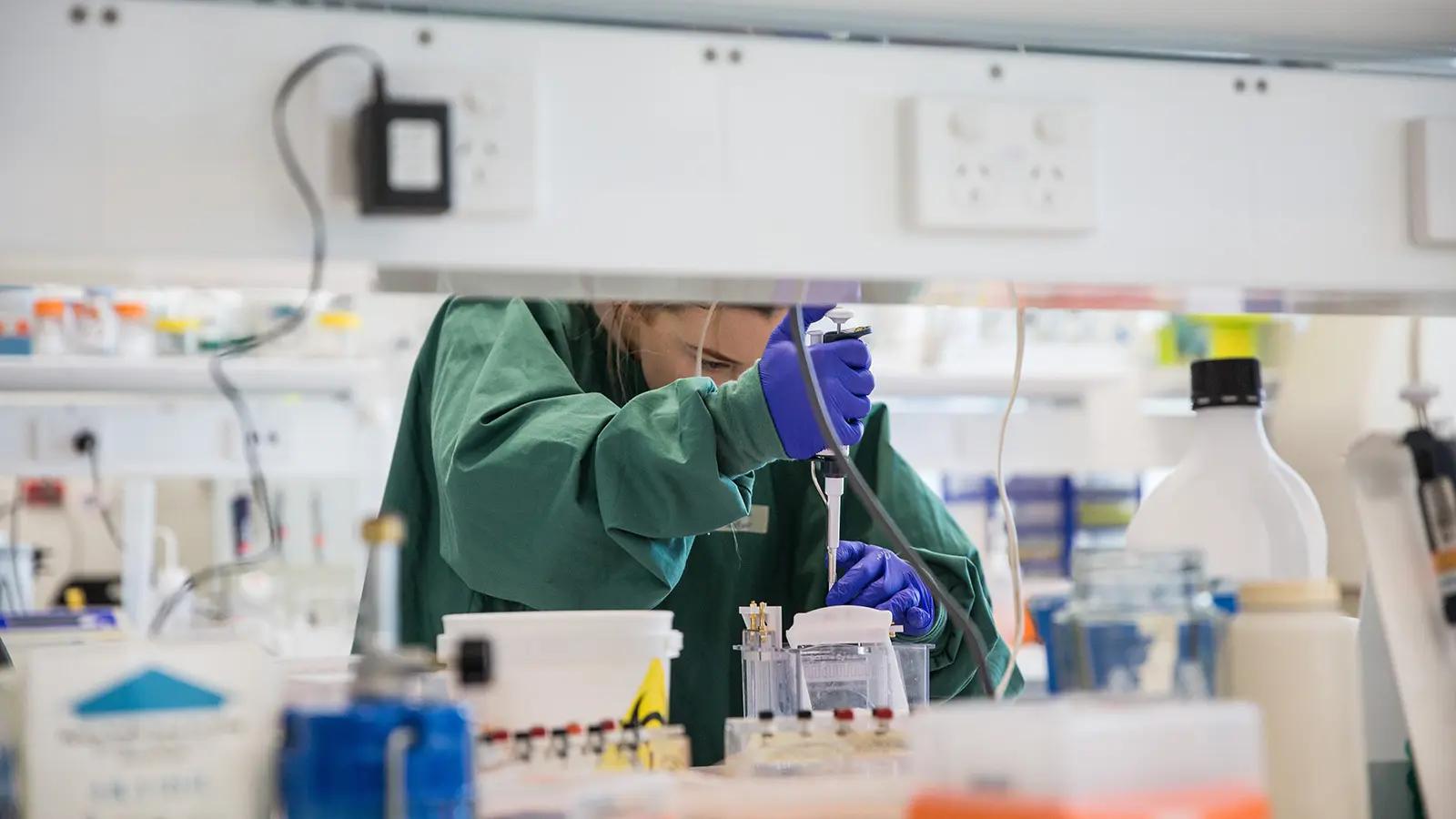
What is prostate cancer?
It’s one of the most common cancers in men. Here you'll find everything you need to get started. From knowing how common it is, to understanding the different types of prostate cancer and who is most at risk.
On this page
What is prostate cancer?
Prostate cancer is a common cancer among older men. Prostate cancer causes cells in the prostate gland (located just under the bladder) to multiply uncontrollably, leading to tumours that can spread to the rest of the body.
While we can’t pinpoint the exact cause of prostate cancer, we do know that some men are at greater risk than others. Things like age, race/ancestry, genetics, and family history are thought to be related to risk.
Early detection of prostate cancer can play a huge part in managing the condition.

What is the prostate and where is it located?
The prostate is a gland that sits below the bladder and in front of the rectum. It surrounds the urethra (that’s the tube that carries urine from the bladder) and is about the size of a walnut. The prostate's job is to produce seminal fluid (semen) that carries sperm when a man ejaculates.
Who is at risk for prostate cancer?
We still don’t know what exactly causes prostate cancer. However, we know that there are some things that increase the risk.
Age is one of the most significant factors – the chances of a prostate cancer diagnosis increase as you get older (50 and over). Race and ancestry also play a role – it’s why Black men and men with African ancestry should talk to their doctor, starting at 40 years of age. A family history of prostate cancer, whether it’s a father, brother or uncle who had prostate cancer; or a mother or sister who had breast and/or ovarian cancer also increases the risk. Certain genes may also increase the risk. The recommendations on when to talk to your doctor can vary, so make sure you check-in with yours at your annual visit to know what’s right for you.
How common is prostate cancer?
Prostate cancer is one of the most common cancers among men worldwide. In fact, it’s is the most common cancer in men over 45. It’s estimated that over 1.4 million men are diagnosed with prostate cancer annually, while a further 11 or so million are living with or beyond the disease.
Despite it being so widespread, prostate cancer survival rates are good when detected and treated early.
What are the survival rates for prostate cancer?
A whole bunch of different factors affect the prostate cancer survival rate. For instance, the stage of the diagnosis (that is, how advanced it is) and the effectiveness of treatments all make a massive difference to the survival rate.
Early detection of prostate cancer is key. That means understanding your risk, talking with your doctor and, if necessary, getting checked through regular screenings, like prostate-specific antigen (PSA) tests. That’s because early detection may increase the chance of successful treatment and long-term survival.
What are the types of prostate cancer?
There isn’t just one type of prostate cancer. Prostate cancer can take different forms, of which the most common type is called an adenocarcinoma.
Other forms of prostate cancer include sarcomas, small cell carcinomas, and transitional cell carcinomas. These are less common and require specific treatments.
What are the four stages of prostate cancer?
Prostate cancer happens in stages. The higher the stage, the more advanced the cancer. Doctors look at the stage of the cancer to figure out the best cancer treatment.
The four stages of prostate cancer are:
Stage I: The cancer is only in the prostate gland. It’s usually small and slow-growing.
Stage II: The tumour has grown larger. It’s still in the prostate gland but it has not spread elsewhere.
Stage III: The cancer has spread beyond the prostate. It can be found in nearby tissue and organs.
Stage IV: The cancer has spread (metastasized) to other parts of the body like bones, lymph nodes or other organs.

Prostate cancer research
Prostate cancer has been the subject of many decades of medical research. This has led to huge leaps in improved detection, treatment, and quality of life (called patient outcomes) during and after diagnosis.
Common areas of prostate cancer study that have seen significant advancements over the years include:
- Improvements in detection and risk assessment, such as biomarker testing.
- More effective treatments like targeted therapies (treatments that target parts of the cancer) and immunotherapies (helping the patient’s own immune system).
- Research into genetics and related factors that affect prostate cancer growth.
- New and improved diagnostic tools, such as MRI and MRI-guided biopsies.
- The field of prostate cancer research is constantly changing and the advances in diagnosis and treatment have been remarkable.

Movember's impact on prostate cancer research
We’ve spent over 18 years deep in prostate cancer research and developing resources. Our weapons of choice are innovation, collaboration – and investing quickly in what works.
We brought together the best minds in the world to tackle the biggest problems in prostate cancer and transform standards of care for men.
Our work meant more men and clinicians understood the signs, symptoms and risks. Along with which treatments worked – and which didn’t.
Quality of life after diagnosis has lifted because we invested big-time in the right resources to make it a less challenging and lonely road for men.
Then there’s the world’s biggest registry of the experiences of men with prostate cancer, which we funded. It’s made up of data from hundreds of thousands of men. This gives us faster ways to spot cancer trends and provides doctors with benchmarks to measure patients against.
Our funding even helped create game-changing scans that find the smallest tumours before they spread. And helped develop treatments that destroy cancer cells without damaging surrounding tissue.
We’re nearly two decades into our cancer research. But there’s still a long way to go. Until prostate cancer stops impacting the lives of men, we’re not stopping.

Age
If you have a prostate, then your risk of developing prostate cancer increases with age. However, that doesn't mean prostate cancer is limited to the older generation. So if you’re 50 or older, start talking to your doctor about your risk. Just be aware that the recommended age at which to have those conversations varies by country.
Race/ancestry
Prostate cancer is more common in Black men and men with African ancestry. The reasons still aren’t fully understood, but it’s likely due to a bunch of different genetic and biological factors. So if you’re Black or have African ancestry, start talking to your doctor about prostate cancer when you’re 40. Again, the recommended age varies by country.
Family history
The genes from our parents and relatives play a part in prostate cancer risk. Your risk is higher if there’s a father, brother or uncle who had prostate cancer. It’s also higher if there’s a mother or sister who had breast or ovarian cancer. So if there’s a family history like this, start talking to your doctor about prostate cancer when you’re 40. Once more, the recommended age varies by country.



